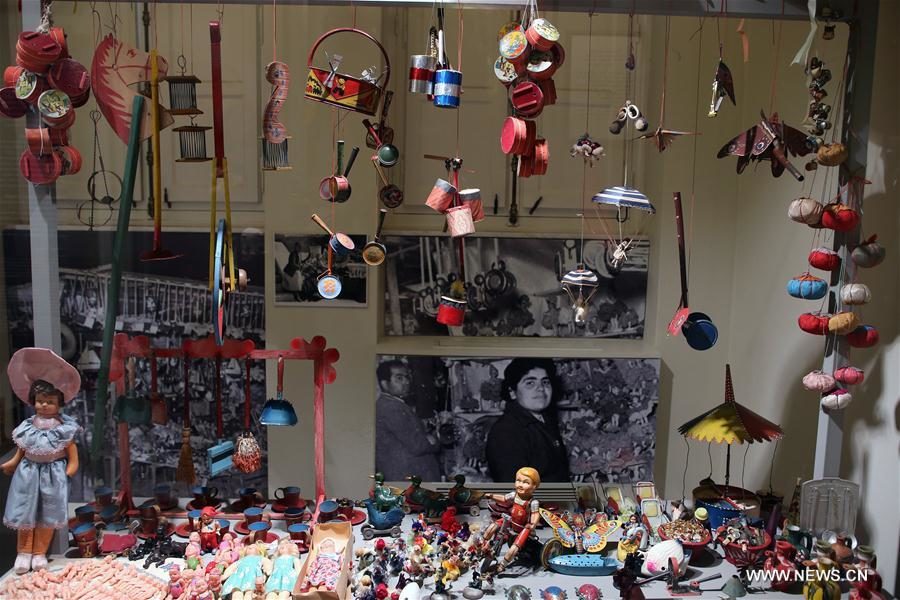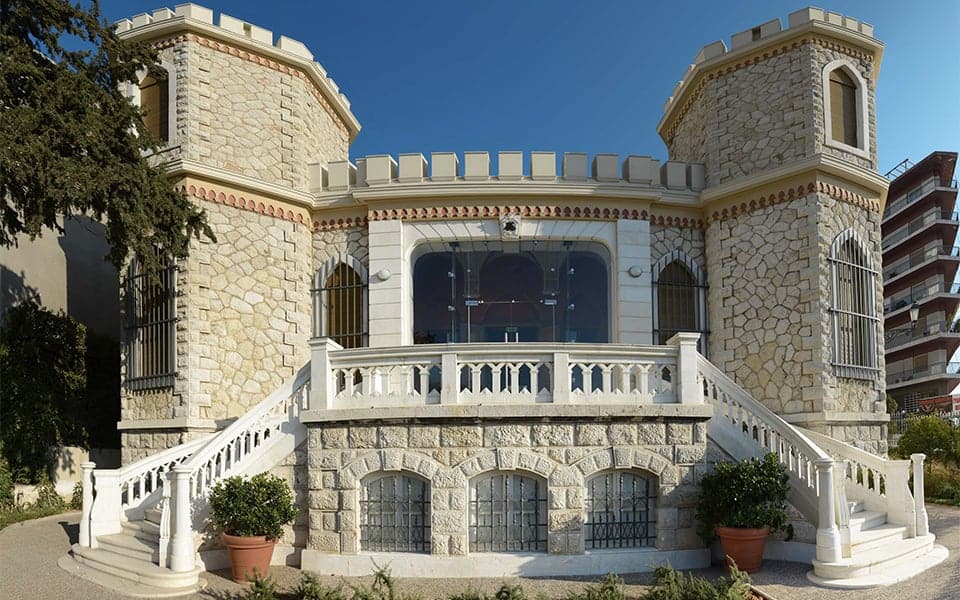
In Paleo Faliro, right across Flisvos Park, one of Attica’ best seaside playgrounds and leisure parks is a fairytale-like building housing 20,000 toys, 3000 books and a great number of photographic materials. The vast collection of games, dolls, puppets and toys dating from ancient Greece, Rome and Egypt, the Byzantine era and from the 17th Century until the 1960s was donated to the Benaki Museum by Maria Argydriadi, who dedicated her life to collecting them from around Greece and the world. The museum is run by Nota Hatzopoulou who worked closely with Argyriadi for six years and shares her passion for every single exhibit on show, as well as the great joy, surprise and nostalgia they bringsto visitors of all ages.
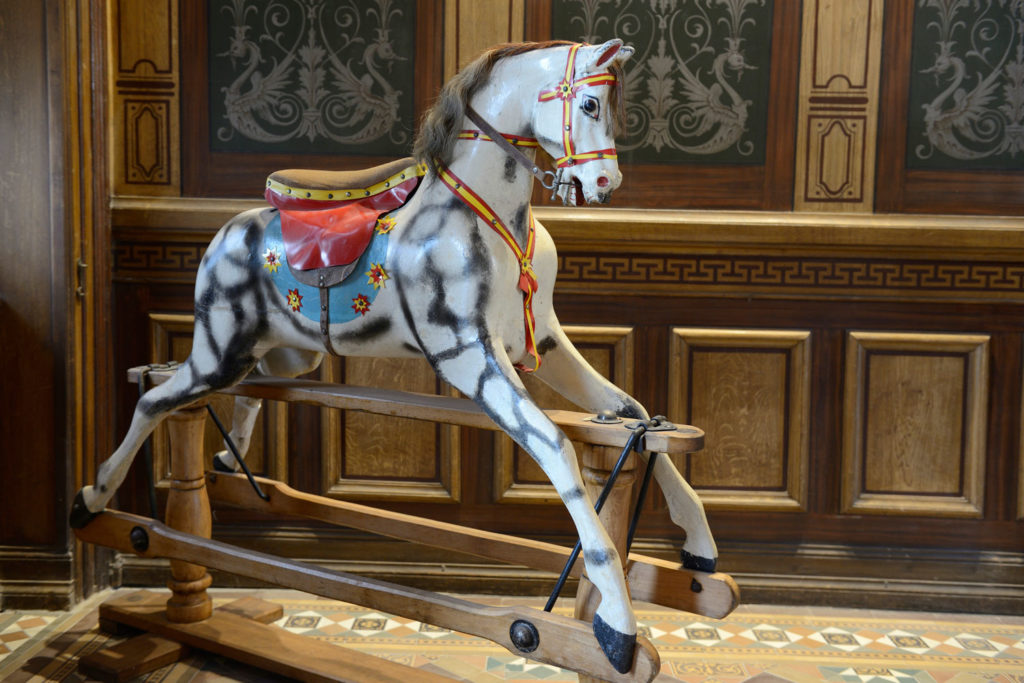
“Mrs Argyriadi adored her toys as a child, and every Christmas her mother would sew new outfits for her dolls. She grew up valuing and caring for them, keeping them close to her heart,” she tells me. “One night as an adult she met a peddler who had a scruffy old teddy bear that she bought off him; she took it home, cleaned it, mended it and brought it ‘back to life’. It had made her sad to see that something that can be so cherished by a child should see a sad end. That was the first toy in her collection. Since then, she developed a passion for rescuing and restoring toys.” Hatzopoulou says that as Argyriadis’ husband worked in antiques her mission was facilitated, and she always asked sellers if they had toys too, but she also travelled far and wide seeking original toys to add to her growing collection.
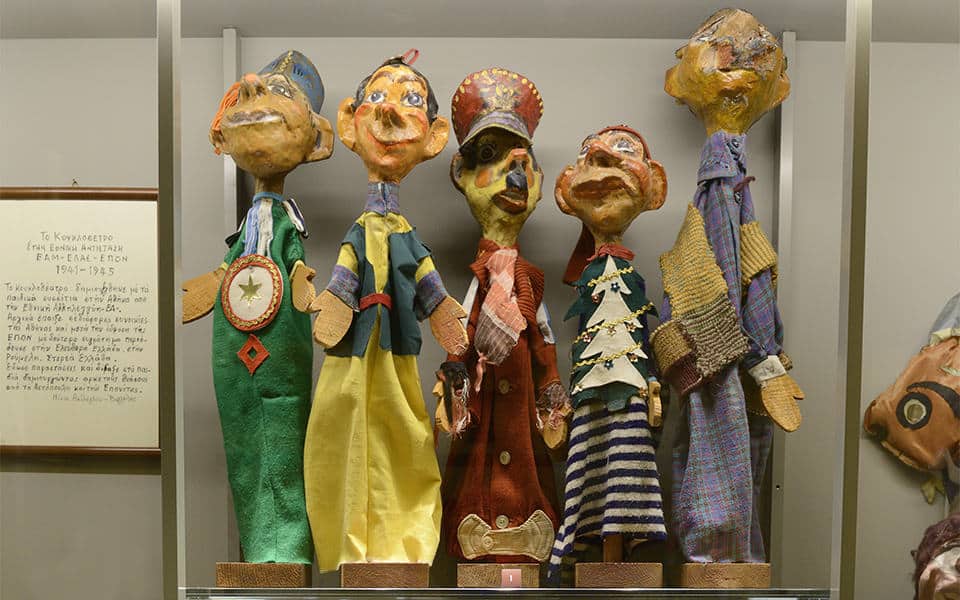
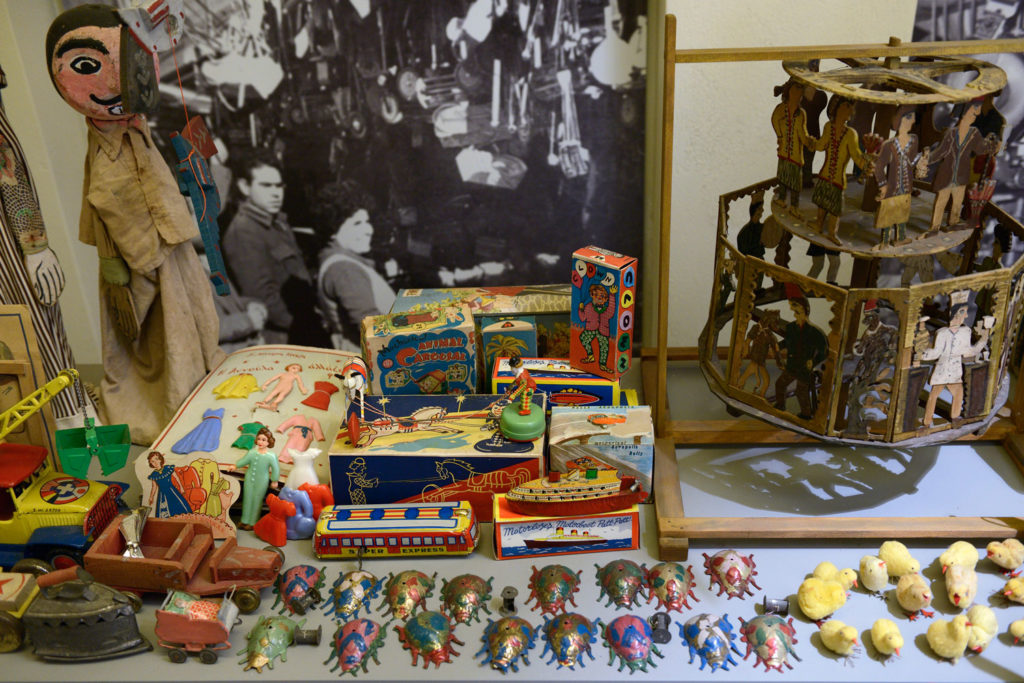
For today’s modern parent, it is a joy to see such a magnificent variety of handmade toys, made with materials as far ranging as clay, wood, metal and porcelain. There are dolls (including those of Queen Olga) dressed in elegant designs by haute couture designers from Paris, made with materials like silk, satin, velvet and lace, and on the other spectre there are also simple but colourful handmade dolls from various parts of Greece, dressed in traditional outfits and each representing the cultural attributes of their native home. Artfully crafted play theatres, carousels, airplanes, cars, train sets and even an 18th century kitchen that actually ran on steam travel you to the hours that the children who owned them must have relished in creating their fantasy worlds.The collection is international, including toys from Africa, the US, Australia, China, Japan and various European countries, mainly France, Germany and England.
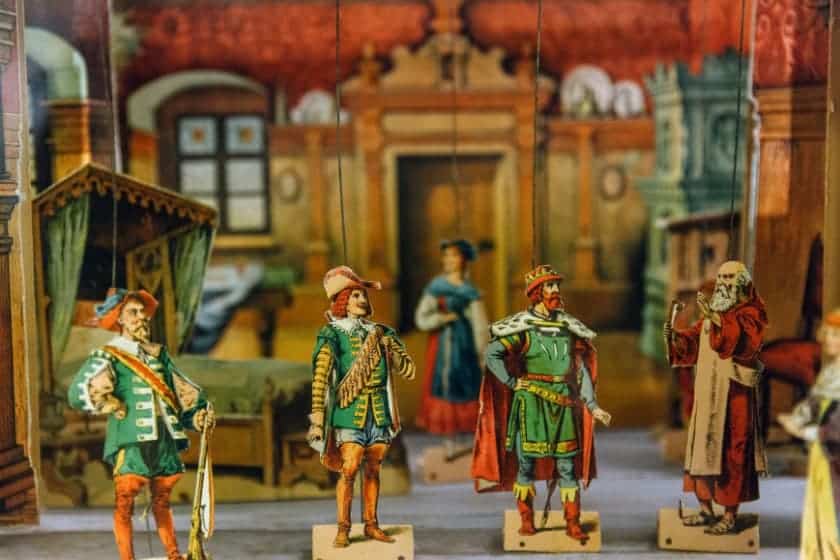
Of course there are several Evzones dolls, surprisingly one or two made in France or the US; a Greek one from the 1950s lies in a postal box, conjuring the happy thought in the visitor of how he travelled across the world to bring joy and a piece of Greece to a child far away. Apart from a wide selection of board games, the most fascinating of all one from the early 19th Century with beautiful designs on the board and hand-painted geese as pawns, there is a great selection of puppets too, including Punch and Judy, French theatre characters and Chinese ones. From the ancient Greek ‘nevrospaspa’ puppets to Karagiozis shadow theatre figures and Fasoulis, to the marionettes of Nikos Akiloglou, the “rebel puppeteer” who brought laughter to occupied Greeks during WWII travelling around the mountains to perform puppet theatre.
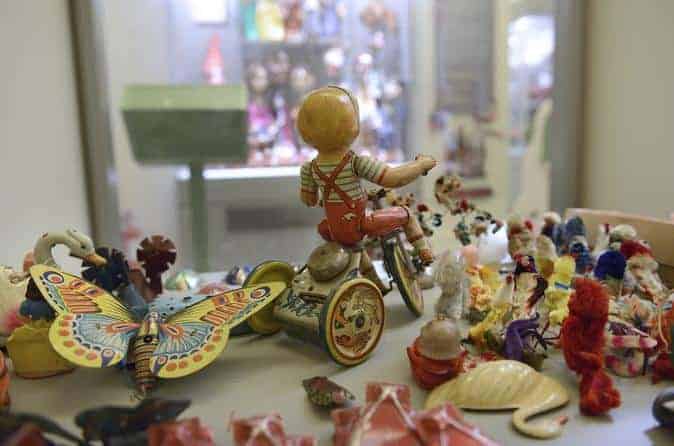
There is also a room dedicated to birth and infancy, where one can see original wooden walkers with wheels, wooden cribs and cradles and even a birthing stool, as well as various accessories used by new mothers after birth, and traditional baptism decorations and gifts.
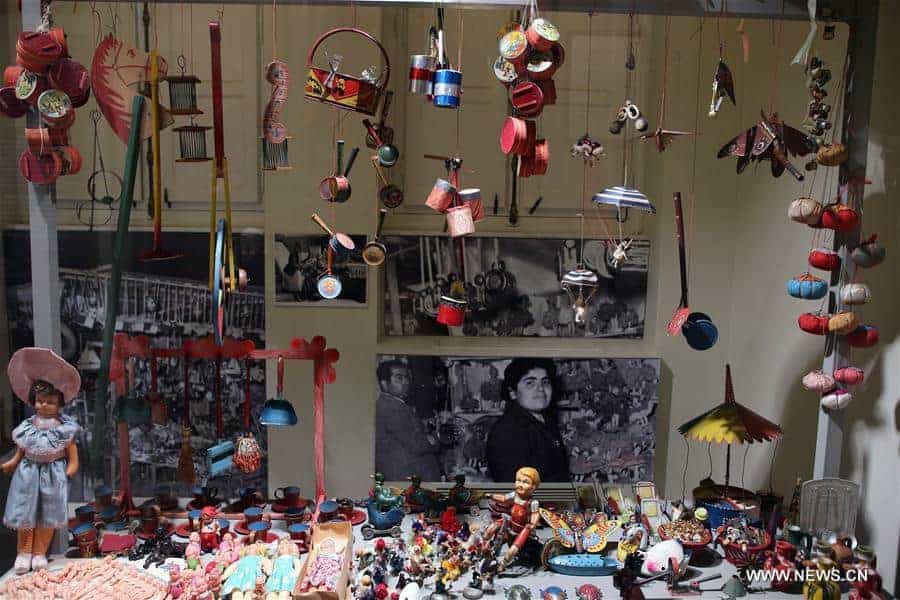
Until October 2017 when the museum opened, part of the collection was exhibited in a section of the Benaki Museum in Athens, but as Hatzopoulou noted, it was worth the wait, because the building in which the museum is housed could not be more ideal. The former mansion of the Kouloura family looks like a fairytale castle and stands out impressively among Faliro’s sea-facing apartment buildings, a mish-mash of architecture from the 70s to the 90s. With two octagonal towers and ramparts, the low-rise 19th century Gothic and Baroque-style building is enticing both from the outside and within. The museum is also planning to create a cafe area in a pretty outdoor garden area that is scheduled to open during the summer.
A: 14 Poseidonos Ave & 1 Tritonos
H: Thurs - Sun: 10:00-18:00

